Reviving Classics: The Art of Classic Car Restoration

Classic car restoration is a meticulous process combining historical preservation and modern technol…….
Welcome to the fascinating world of classic car restoration, a meticulous art that breathes new life into vintage vehicles. This intricate process involves not just rebuilding but also preserving a car’s historical essence while incorporating modern innovations. In an era where sustainability and retro styles are gaining traction, classic car restoration has emerged as a vibrant industry, blending tradition and technology. This article aims to take you on a comprehensive journey through the intricacies of this craft, exploring its global impact, economic significance, technological strides, regulatory landscape, challenges, and exciting future prospects.
Definition: Classic car restoration refers to the meticulous process of restoring vintage or classic cars to their former glory while ensuring historical accuracy. It involves disassembling, repairing, replacing, and reassembling various components to create a vehicle that closely resembles its original state. This art combines traditional craftsmanship with specialized knowledge of automotive history.
Core Components:
Historical Context: Classic car restoration has deep roots in automotive history, dating back to the early 20th century when car manufacturing was rapidly evolving. As vehicles became more complex, so did their restoration needs. The post-World War II era saw a surge in interest as vintage cars became status symbols, leading to the establishment of dedicated restorers and repair shops. Today, with a growing appreciation for automotive heritage, classic car restoration has evolved into a highly skilled trade, attracting enthusiasts and professionals worldwide.
Significance: This art plays a pivotal role in preserving automotive history, keeping alive the designs, engineering, and craftsmanship of bygone eras. It also contributes to cultural heritage, as many classic cars hold significant sentimental value for their owners and fans. Furthermore, it fosters a community of passionate individuals who share a love for vintage vehicles, creating a platform for knowledge exchange and collaboration.
Classic car restoration is a global phenomenon, with enthusiasts and restorers across continents contributing to its diverse landscape. Here’s an overview:
| Region | Unique Aspects | Noteworthy Trends |
|---|---|---|
| North America | Known for muscle cars and hot rods, the region has a rich history of restoration shops specializing in American classics. | Customization and performance upgrades are popular, with many restorers focusing on unique, one-of-a-kind transformations. |
| Europe | Home to iconic brands like Jaguar, Ford, and Volkswagen, European restorers often preserve original specifications while incorporating modern comforts. | Restoring post-war European sports cars is a niche but thriving market, with an emphasis on originality and authenticity. |
| Asia | Japan and South Korea are centers for both classic car restoration and custom vehicle building, blending traditional aesthetics with modern technology. | The “JDM” (Japanese Domestic Market) aesthetic has gained global popularity, inspiring restorers to import and restore rare Japanese classics. |
| Australia & New Zealand | Restorers in these regions often face unique challenges due to harsh climates, focusing on robust restoration techniques to preserve cars for outdoor display. | Vintage camper vans and off-road vehicles are popular restoration projects, reflecting the region’s love for outdoor adventures. |
Trends Shaping the Industry:
The classic car restoration industry is a significant economic contributor, influencing various sectors:
Technology plays a dual role in classic car restoration, offering both challenges and opportunities:
Incorporating Modern Innovations:
Challenges and Considerations:
The classic car restoration industry is subject to various policies and regulations, ensuring ethical practices and historical preservation:
The classic car restoration industry faces several challenges and criticisms, prompting restorers to adapt and improve their practices:
Strategies for Overcoming Challenges:
A team of restorers embarked on a mission to revive a 1967 Ford Mustang Fastback, aiming to return it to its original glory. They disassembled the car meticulously, discovering areas of corrosion and damage. Using laser scanning technology, they created precise body panels, ensuring a perfect fit. The engine was rebuilt with period-correct components, and the interior was refinished with authentic materials. This project showcased the power of modern tools in preserving classic car heritage.
A British restorer took on the challenge of restoring a 1964 Jaguar E-Type, known for its elegant design and performance. The process involved sourcing rare components from a specialized supplier network. The restorer paid meticulous attention to detail, rebuilding the engine and ensuring the car’s handling matched its iconic reputation. This case highlights the importance of authenticity in premium classic car restoration.
A German workshop restored a 1970s Volkswagen Beetle, transforming it from a faded vintage vehicle into a vibrant showpiece. They utilized traditional techniques for body repairs and paintwork while incorporating modern safety features to meet current regulations. This project demonstrated the balance between preserving classic aesthetics and enhancing safety standards.
The future of classic car restoration is filled with exciting possibilities, driven by technological advancements and evolving market trends:
Classic car restoration is not just a craft; it’s a testament to human ingenuity, creativity, and our deep connection to the past. As we navigate the future, this art must adapt to changing times while preserving automotive history. By embracing technology, fostering global collaboration, and prioritizing sustainability, the classic car restoration industry can continue to thrive, offering timeless vehicles for generations to come.
Q: How do I know if a classic car is worth restoring?
A: Conduct thorough research on the vehicle’s make, model, and year. Rare and well-maintained cars with a rich history are often valuable restoration projects. Assess the availability of parts and the potential market demand for that particular model.
Q: What are some common mistakes to avoid during restoration?
A: Avoid using poor-quality parts or imitations, as they can devalue the car. Don’t overlook essential safety features and modern upgrades to ensure the restored vehicle is roadworthy and compliant with regulations. Neglecting proper documentation and records can also lead to future issues.
Q: How can I find a reputable classic car restorer?
A: Start by seeking recommendations from classic car clubs or online forums. Check for certifications, experience, and positive reviews. Ask for references and previously completed projects to assess their capabilities and attention to detail.
Q: Are there any tax benefits for restoring a classic car?
A: Some countries offer tax incentives or exemptions for classic car restoration, recognizing its cultural value. Consult your local tax authorities or a financial advisor to understand the specific benefits available in your region.
Q: How can technology help me in my classic car restoration project?
A: Technology offers precision and efficiency through tools like 3D printing, laser scanning, and digital design software. These tools can assist in creating custom parts, capturing accurate measurements, and visualizing your restoration project before starting work.

Classic car restoration is a meticulous process combining historical preservation and modern technol…….
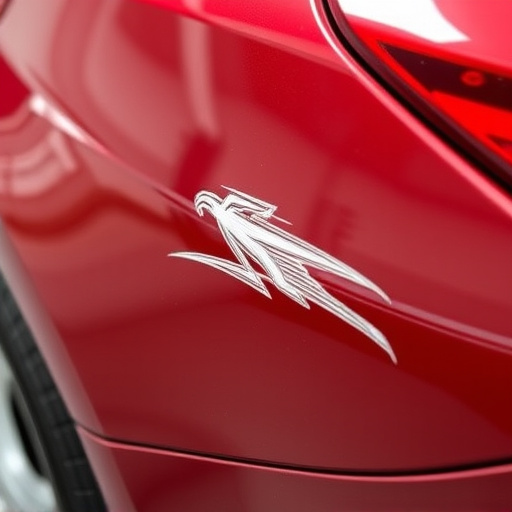
Classic car restoration involves meticulous stripping and prepping to remove old paint and rust, req…….
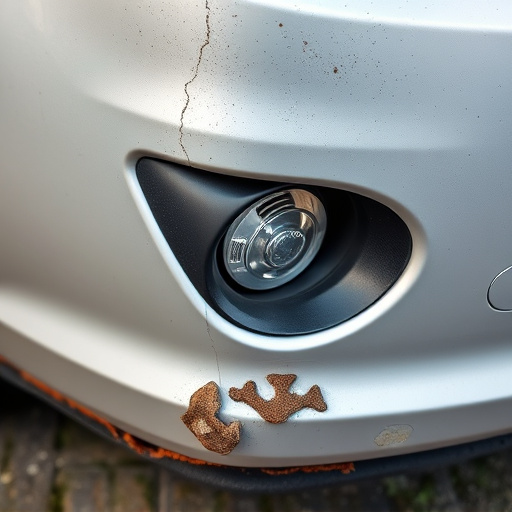
Classic car restoration transforms vintage vehicles into gleaming masterpieces, preserving historica…….
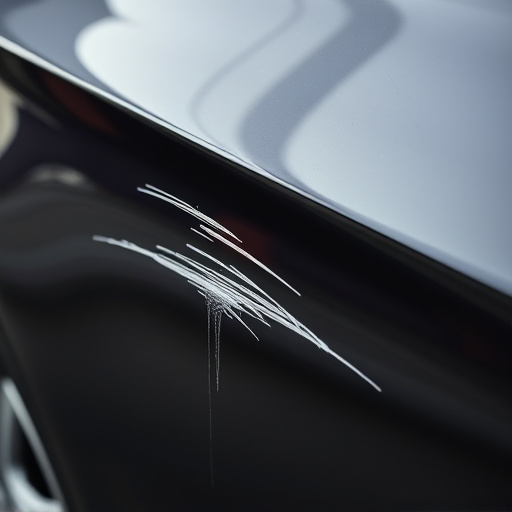
Classic car restoration is a meticulous art requiring skill and knowledge to revive historical vehic…….

Classic car restoration is a meticulous craft where restorers revive historical vehicles, transformi…….
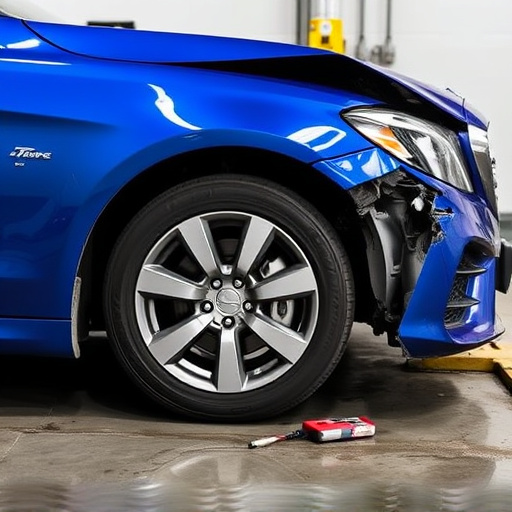
Classic car restoration involves meticulous inspection, disassembly, part sourcing/fabrication, and…….
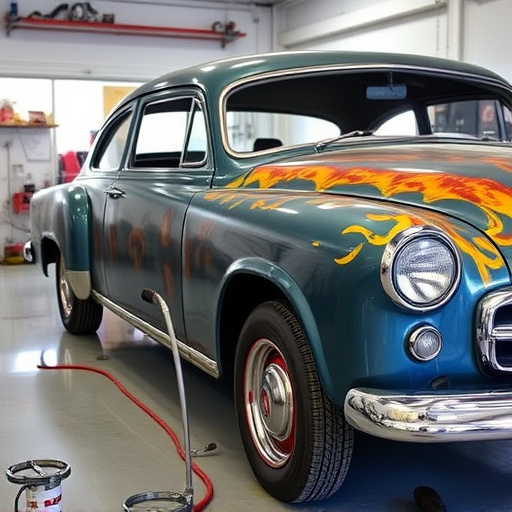
Classic car restoration is a specialized craft vital for preserving automotive history and vintage e…….
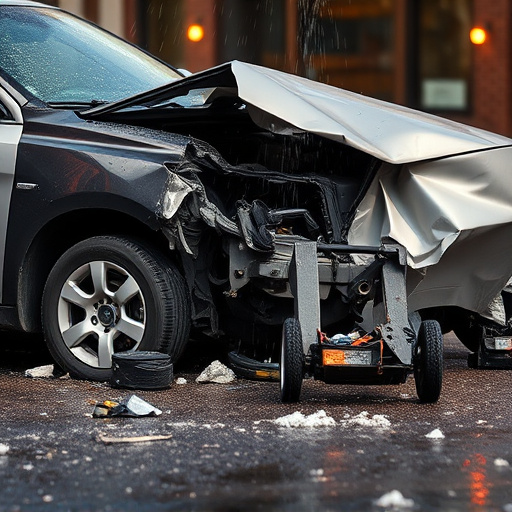
Classic car restoration is a meticulous art preserving historical automotive heritage. Demanding att…….
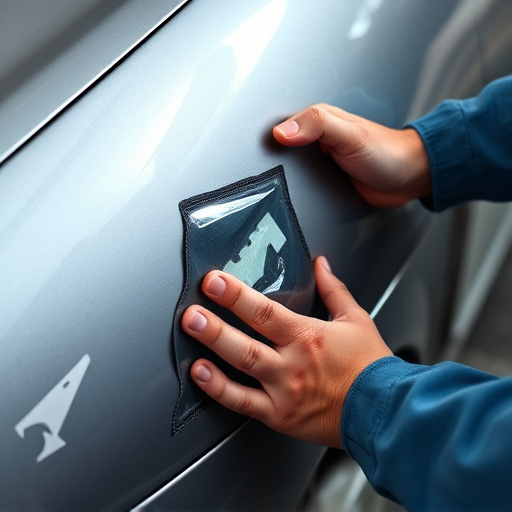
Classic car restoration is an art demanding deep knowledge and meticulous attention to detail. It in…….
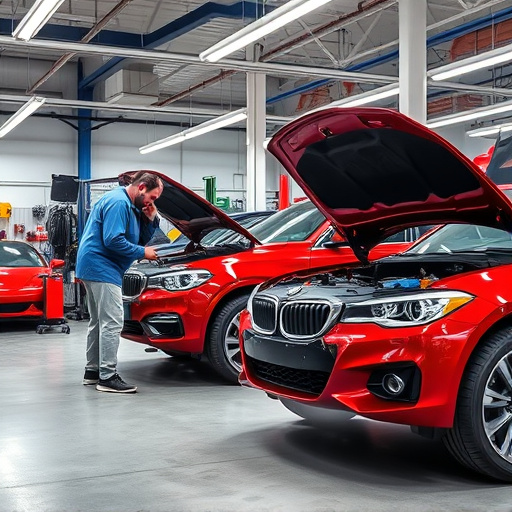
Classic car restoration involves a meticulous process from inspection to disassembly, sourcing authe…….